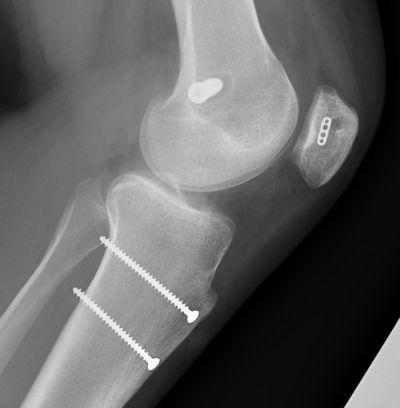Kneecap Problems
Kneecap/Patella Instability & Dislocations
What is patella instability?
The knee has the patella (knee cap) sitting in the trochlea groove on the front of the femur.
The trochlea groove helps to hold the patella in place. There is also a ligament called the Medial Patellofemoral Ligament (MPFL) which attaches to the inner side of the patella to the inner side of the femur. This creates a tether or check rein that stops the patella from coming out of the trochlea groove. The vastus medialis obliquus (VMO) muscle which is part of the quad muscle also helps stabilise the patella.
In some people, one or more of these structures is abnormal, which causes the patella to be unstable. With certain movements (especially twisting and turning), the patella can pop out of the groove and dislocate. After the first dislocation, the patella may stabilise enough that it doesn’t cause any further problems.
In up to 50% of people who have a patella dislocation, however, the patella continues to dislocate intermittently. It can also shift part way out of the groove and then shift back and this is called a subluxation of the patella.
What to do if your patella dislocates
Often, when a patella dislocates, it reduces (goes back into position) on its own. Sometimes, it stays out, almost always on the outer side of the knee. To put it back in, get someone to hold your leg and slowly straighten it while firm pressure is applied to the patella to push it back toward the centre. Try to relax the thigh muscles as much as possible while this is being done. As the knee is straightened, the patella will usually pop back in.
If the patella won’t reduce, go to your nearest hospital Emergency Department and you can have painkillers and sedation and have it reduced there.
Do not forcefully strike the patella to reduce it. This is unnecessary and risks causing fractures and damage to the joint surfaces of the knee.
Once the patella has been reduced back into place, use the RICE principle to decrease swelling.
- Rest the knee,
- apply Ice to it,
- Compress it with a firm bandage, and
- Elevate the leg above the level of your heart.
Bracing the knee for a couple of days for comfort is reasonable but try to come out the brace as soon as you can so that the leg doesn’t become too stiff and weak.
It is also important to see a physiotherapist as soon as possible. Your physio can help you get the swelling down and get the knee moving again. You will be given exercises to do to strengthen the muscles to help the knee recover and also hopefully improve the stability of the patella.
What is the treatment for persisting patella instability?
If you have recurrent dislocations or subluxations, or you are not able to do the things you want to do because the patella feels unstable, then you may require surgery.
Simon will take your full history and will conduct an examination of your knee. He may also organise further investigations. He will use all of this information to work out what the cause of your patella instability is and will then discuss your treatment options with you.
The treatment of patella instability has to be tailored to your knee and takes into account how unstable the patella is, the shape of the trochlea groove, the position of the patella, and the overall alignment of the whole leg. The main options are :
- Medial patellofemoral ligament (MPFL) reconstruction
- Trochleoplasty procedure
- Tibial tuberosity transfer

Locations:
44 Forrest Avenue, Bunbury WA 6230
277 Bussell Highway, Busselton WA 6280
All correspondence:
PO Box 6151,
Bunbury WA 6230
FAX: (08) 9721 9352

